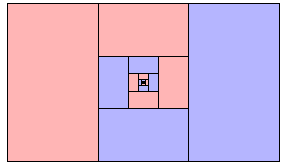

|
one could get carried away. Here is one I like okay:
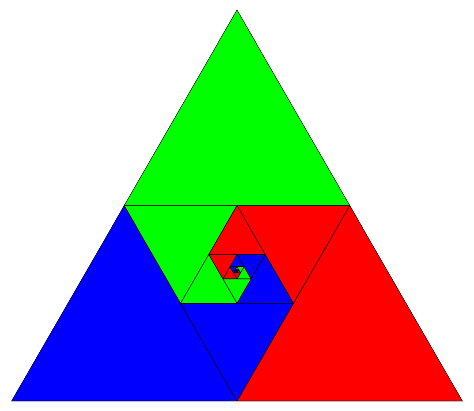
|
And now I realize I have actually seen the following in the calculus text we use:
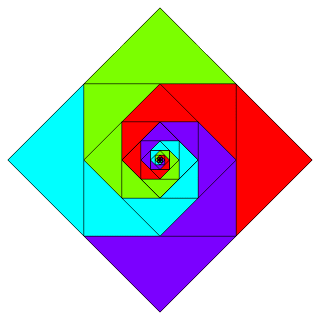
|
(Of course, nobody needs much of a picture to understand the above equality.) How far can you go with this? I hoped to find something interesting by exploiting these analogs...
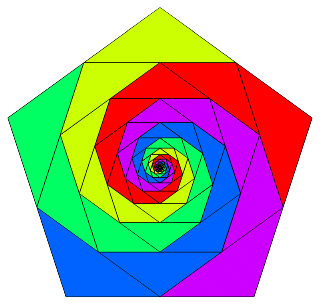
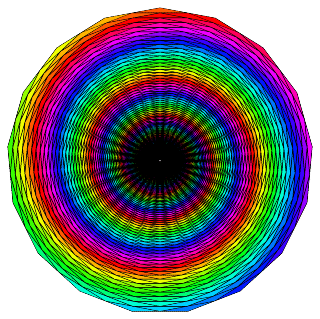
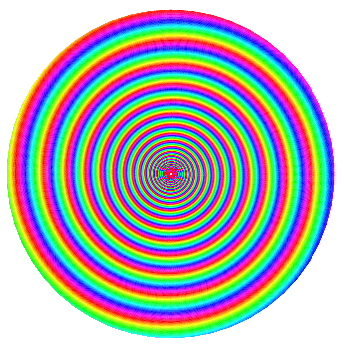
but all I obtain from considering general N-gons is the rather lame identity that follows. (And it's derivation from the picture is hardly without need of explanation.)
|
I suppose it is a decent exercise for a student to find the common ratio of triangle areas...
Rick